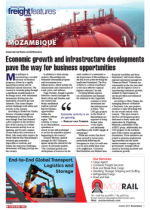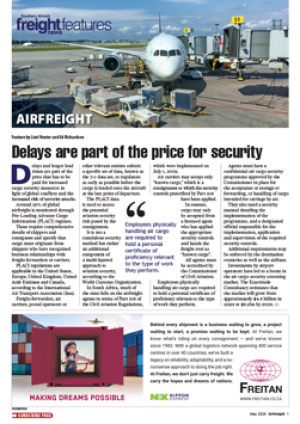It has taken a decade for a natural gas-fired economic boom to start spluttering into life.The logistics sector was quick to gear up for the mega gas projects expected after huge natural gas fields offshore of northern Mozambique were discovered between 2010 and 2013.Offices opened in Nacala were, however, largely white elephants for some time.To date, it is only the offshore Corul Sul Floating LNG (FLNG) facility which has come online, with the first gas exported in November 2022.The US Export-Import Bank has committed to lending $4.7 billion of the $24bn investment into the Area 1 Mozambique LNG project led by TotalEnergies, while the Development Finance Corporation has extended $1.5bn in sovereign risk insurance to Exxon Mobil’s Area 4 Rovuma LNG project.Together they are the US Government’s largest African investments, according to the UN International Trade Administration.In his review of the Mozambican government’s financial recovery plan rollout, Bo Li, deputy managing director and acting chair of the International Monetary Fund (IMF), wrote: “Economic recovery in Mozambique is strengthening, supported by the liquefied natural gas (LNG) projects and rebound in var ious sectors.”The IMF was impressed with the way the authorities and private sector coped with Cyclone Freddy which hit Mozambique in early 2023. It is seen as a warning that climate change is one of the major risks facing the economy.Other risks identified by the IMF include further delays to the LNG projects, the global trend towards reversing economic integration, food insecurity and upcoming general elections. The revival of the onshore LNG projects, which were halted in 2021 following attacks by insurgents based in Tanzania, is classified as an “upside risk”.According to BMI, progress is being made towards relaunching the projects. It forecasts gas production to rise by 47% to 9.27bcm in 2023 from 6.31bcm in 2022, reaching 44.11bcm in 2032.TotalEnergies’ Mozambique LNG has a $200-million action plan to improve the social conditions and safety of locals. In March, ExxonMobil announced plans to increase the capacity of its Rovuma LNG offshore terminal from 15.2m tons to 18m tons of liquefied gas a year.Peter Clarke, senior vice president of Upstream Oil and Gas, told a conference in Vancouver Canada that the project was on track to gain final approval in 2025, which would mean starting up by the end of the decade.

